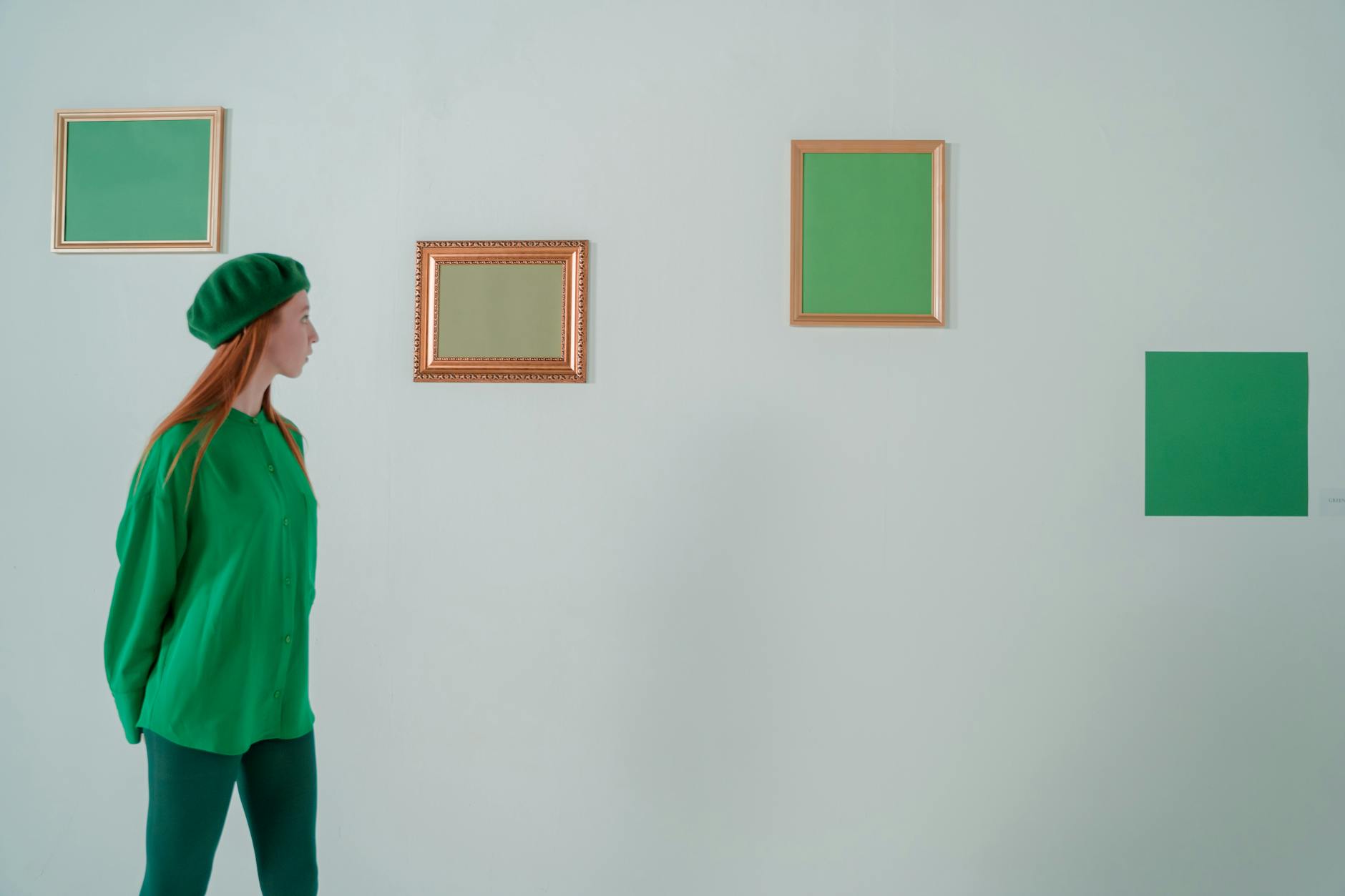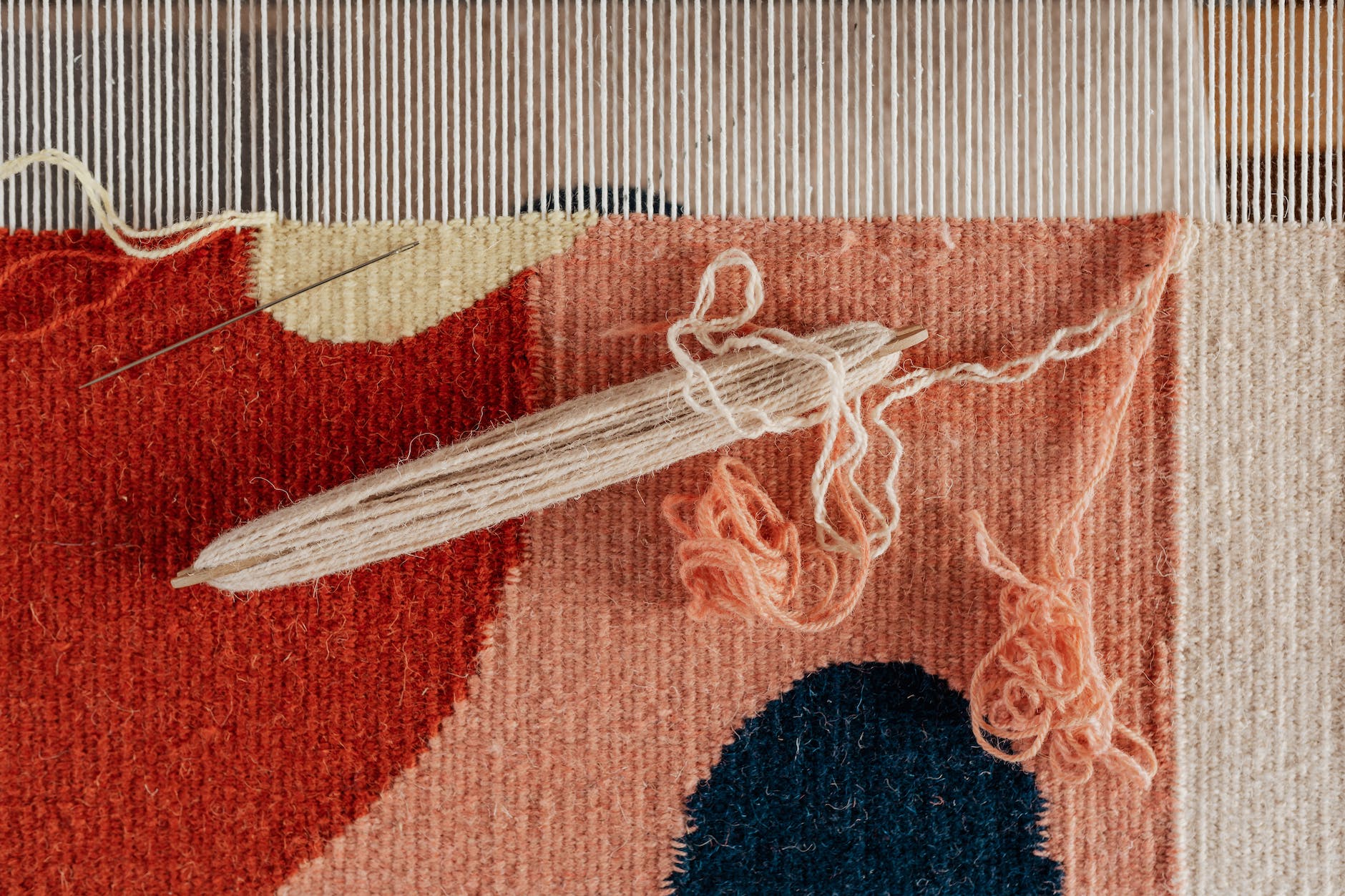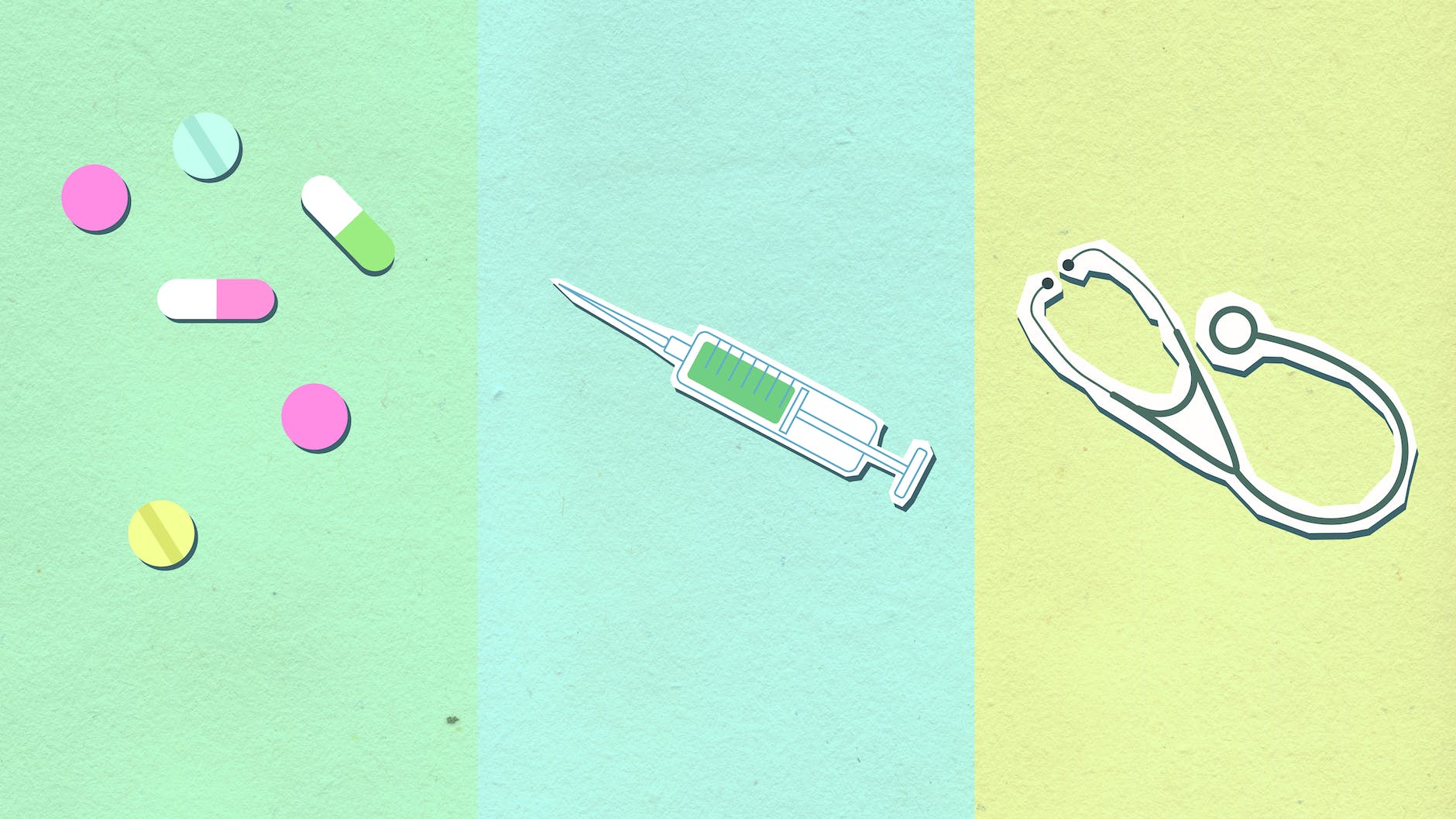Psychedelic art has transcended from being merely a trippy, vibrant tool for self-expression to becoming a profound medium capable of catalyzing therapeutic benefits and personal growth. This type of art not only embodies the concept of psychological exploration and self-discovery but it also symbolizes an inner journey, filled with intense emotional catharsis, leading towards eventual therapeutic integration.
Art therapy, in general, is being increasingly recognized as an effective tool for mental wellness. Yet, the realm of psychedelic or shamanic art, with its deeply embedded layers of symbolic meanings, transcends beyond the typical boundaries.
Psychedelic art is rooted in the millennia-old traditions of shamanic art. As part of healing ceremonies, shamans, the spiritual healers, would often produce visuals that documented their voyages into the spiritual realm. These images were a form of aftercare, intended to assist the patient’s emotional assimilation and integration. Today, psychedelic art is still used as a reflection of one’s own psychedelic experience, serving as a bridge connecting the conscious and the subconscious.
Psychedelic art induces a state of emotional catharsis, often helping in surfacing repressed emotions and initiating a dialogue with oneself. This can prove particularly effective in PTSD treatment, where victims are often unable to fully process traumatic experiences. It’s critical to understand that this art doesn’t serve as a standalone treatment, but in concert with traditional therapies, it can encourage psychological exploration and integration of traumatic experiences into the narrative of self.
PTSD treatment research has indicated that assisted psychedelic experiences could aid in the processing of trauma. By translating this experience into art, individuals can revisit their memories in a less threatening way, empowering them towards self-discovery and healing.
Furthermore, psychedelic art can stimulate spiritual growth, an increasingly acknowledged component of holistic wellness. The visuals might depict chaotic and disorientating patterns, but they can serve as a metaphor for our sense of self. This form of art compels us to question our perception, encouraging us to delve into profound self-analysis. The dissolution of ego, a common theme amongst psychedelic experiences, conveys that we are a part of something much larger and grander. This, in turn, might evoke an innate sense of compassion and universality, fostering spiritual growth.
Another important aspect of psychedelic art therapy is its potential for community building and group healing. During community-based events, shared psychedelic art experiences can foster deep connections and mutual empathy among participants, reducing feelings of isolation and loneliness.
Studies have indicated that shared psychedelic experiences and their subsequent transformation into visual representation can create communal cohesion.
Psychedelic art provides an important tool for reflection, processing, and growth – a manifestation of one’s inner journey and integration that might otherwise be difficult to articulate. Despite being shrouded in controversy and misunderstanding, it’s imperative to separate the often-stigmatized hallucinogenic component from the therapeutic potential psychedelic art offers. Through offering a balance between emotional catharsis, psychological exploration, and spiritual growth, it holds a promising place within the evolving paradigm of holistic healing solutions.
Just like the vibrant swirls, spirals, and patterns of psychedelic art, the journey towards healing is seldom linear. But in allowing for self-expression, emotional release, and reflective introspection, this ancient form of art offers a vibrant palette of tools to paint our personal path towards wellness.
Sources:
Art Therapy: https://www.ncbi.nlm.nih.gov/pmc/?term=art+therapy
PTSD Treatment Research: https://maps.org/research/psilo-lsd
Studies on shared psychedelic experiences: https://www.tandfonline.com/doi/abs/10.1080/09658210902903905








